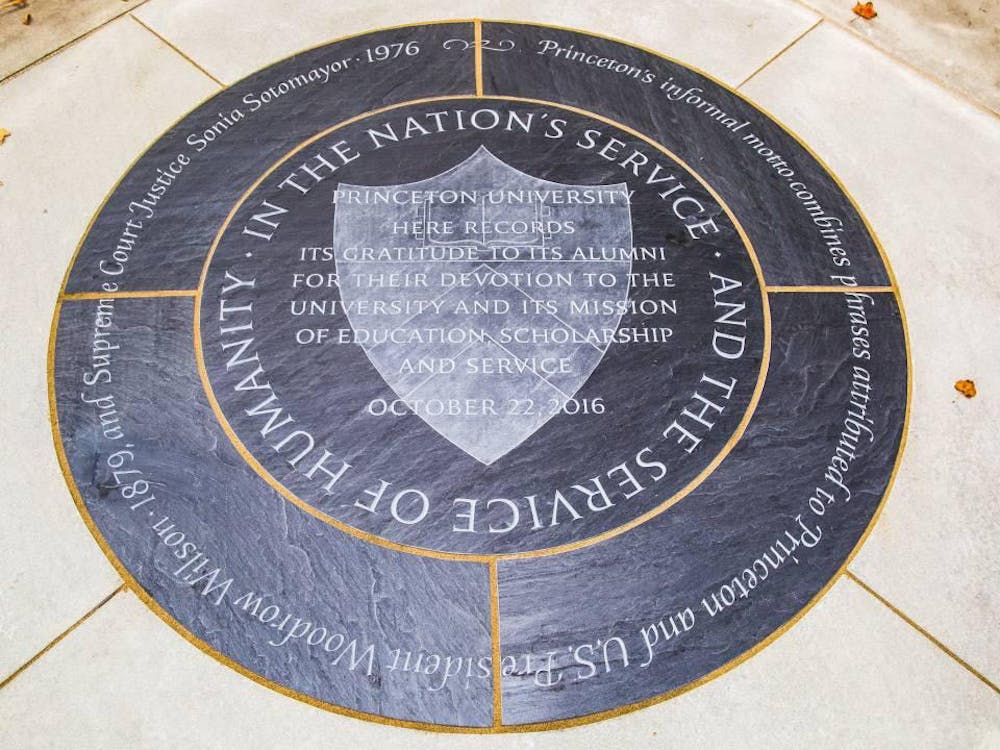Last week, science gave this country and the world a wonderful reason to give thanks. As reported in these pages two days ago, biologists in Japan and the United States have developed a method for morphing adult human stem cells into units capable of replicating the capabilities of their embryonic counterparts.
Stem cell research lies at the always perilous intersection of science and politics. The mixture is often noxious, doing harm to the entangled fields. The research published in the journals "Cell and Science", however, marks one of those rare and momentous occasions when science takes an unequivocal step forward — and takes politics with it.
"The stem cell wars are over." This is the confident response of Ryan Anderson, a member of the Princeton-based think tank, The Witherspoon Institute, in his article in the current issue of "The Weekly Standard." I wish I could unflinchingly join his quite reasonable opinion, but the world of American politics is rarely reasonable.
The stem cell wars should be over. This breakthrough, "one of the most important scientific findings in the last quarter century" according to a University of Utah biologist, strips traditional embryonic stem cell programs of the moral impetus that, for many, outweighed the remarkable costs in human dignity. In removing a significant weight from the ethical balance, science has tipped the scales tremendously in favor of the American movement against abortion rights.
Since the beginnings of embryonic stem cell research in 1998, stem-cell research has been a significant plank in the platform of the antiabortion movement. They have cautioned against the wholesale creation and destruction of human embryos for the reason that someday, such dehumanizing activities would become unnecessary and obsolete. That day has come. President Bush codified this opinion when he signed an executive order allowing federal funding only for currently available lines of stem cells and when he vetoed Congress' attempt to extend such funding. As Anderson puts it, "It is not Bush alone, but the entire pro-life movement, that has been vindicated."
Indeed, as Yuval Levin points out in a blog sponsored by the magazine "Contentions," the news has already shifted the terms of the debate. He compares the language used by The New York Times, which has been beating its not-so-objective drum in favor of embryo-destructive research for years, before and after the breakthrough.
Previously, the Times had not been particularly interested in relating the unabridged facts about the procedure that makes traditional embryonic stem cells usable. A June article described the process as "nuclear transfer, the replacement of an egg nucleus with one from an adult cell." This euphemistic syntax refuses to acknowledge what the Times now freely states, that the process requires a dangerous procedure to remove an egg from an adult woman and that it results in a cloned embryo. Euphemisms are no longer politically expedient for the Times; it is no longer necessary to hide the facts about embryo-destructive stem cell research.
Speaking of hiding the facts, it would be disingenuous to ignore the drawbacks of the new procedure. The use of viruses to transfer genetic material creates a risky mutation that may lead to the formation of cancer in transplanted tissue. This makes the new technology currently impractical for certain important lines of study, such as Alzheimer's and Parkinson's disease. All scientists involved, however, quickly noted that these side effects are not difficult to circumvent, and it should not take long to eliminate them completely.
I was surprised and disappointed to see former University president Harold Shapiro GS '64's statements in the Wednesday edition of this paper that "it is quite possible that we will continue to need human embryonic stem cells for some aspects of the continuing research program surrounding stem cells." Though I am in no position to debate the science and understand that the traditional embryonic stem cells in circulation are important for comparing the capabilities of newly transformed cells, no moral calculus can reach the conclusion that it continues to be necessary to destroy nascent human life simply for the sake of efficiency or "some aspects" of research. I hope that Shapiro was not suggesting this course of action.
It is worth noting here that, according to Anderson's article, due to this breakthrough, the man who cloned Dolly the sheep has announced that he will no longer seek to clone humans. It is no longer a worthwhile venture.
It would be petty to tout this development as simply a victory for a political faction. It is a victory for the human race — a confirmation that we may reach our fullest potential without resorting to activities that undermine that which makes us human. Brandon McGinley is a sophomore from Pittsburgh, Pa. He can be reached at bmcginle@princeton.edu.








